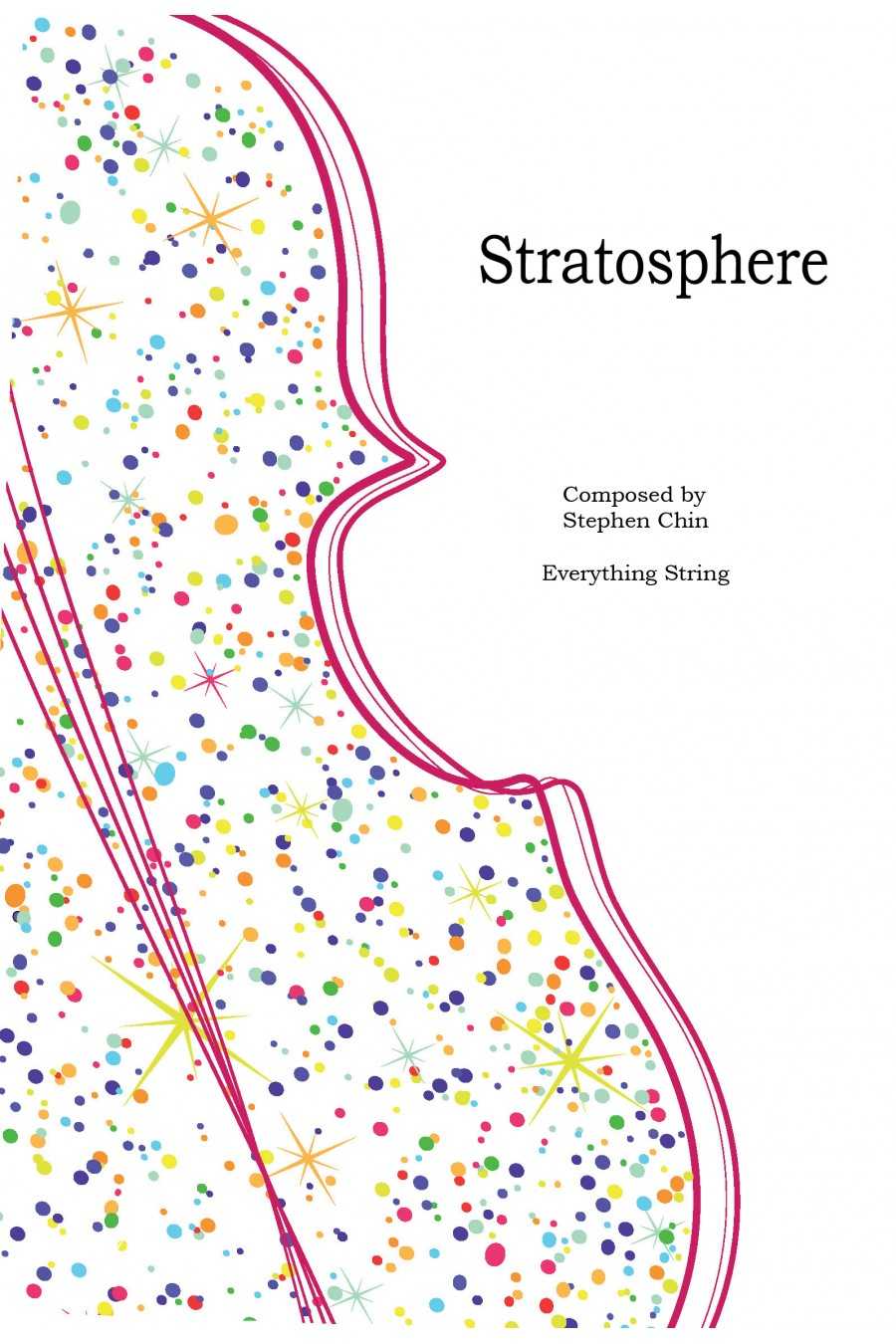

This piece uses dynamic change and harmonics to evoke the beauty and mystery of the stratosphere.
Dedicated to Stephen's wonderful wife, Ann. Grade 3.
This piece confidently employs dynamic changes and harmonics to truly capture the awe-inspiring mystery and breathtaking beauty of the stratosphere.
Dedicated to Stephen's wonderful wife, Ann. Grade 3.
We all love our pets, and each day brings new adventures! “Presto Puppies” features rising scale patterns and surprising dissonances, while “Cantabile Kitties” captures the subdued essence of our feline friends with major seventh intervals that evoke a kitten yawning. “Con Brio Birdies” portrays birds’ chatter through repeated quavers and gentle dissonances. The suite also showcases various techniques, including harmonics and different pizzicato styles.
The Swans of Lir is an Irish legend about young children turned into swans by dark forces. The melody and accompaniments in "The Lake" reflect their helplessness, while "The Rejoicing" celebrates their eventual transformation back into children. The piece is scored for strings, recorders and percussion and is perfect for large concerts or festivals.
This piece is filled with poignant melodies and a haunting main theme that returns towards the end. The rhythmic drive, varied modes, and string crossings make it enjoyable for players. The exquisite sonorities and spellbinding action will dazzle the audience and leave them wanting to dance.
For String Orchestra Grade 3.5
La Tempesta di Mare is the overture to Salieri's opera, Cesare in Farmacusa. It narrates the journey of the young Julius Caesar as he sails through a treacherous storm to Farmacusa, near Sicily. The plot is filled with pirates, gypsy lovers, and, of course, Roman gods, providing much entertainment for audiences of that time.
The music is filled with lively melodies and counter-melodies that dance around the orchestra. The middle section features a string quartet solo interrupted by tutti utterances. The work offers a wide range of textures, dynamics, and haunting tunes that will captivate both players and audiences alike.
For String Orchestra Grade 3.5
The Cliffs of Moher, rising about 200 meters above the Atlantic on Ireland's west coast, are home to many birds and sea life, such as grey seals and dolphins. In this work, I aimed to capture the feeling of sea spray, the beauty of green pastures, and the vibrant atmosphere of nearby towns, using musical textures such as pizzicato, sustained notes, bass melodies, and a reflective violin solo.
Arcangelo Corelli (1653 - 1713) was a Baroque composer who set the standard for musical composition in his time. This piece is based on the last of his opus five violin sonatas, which includes twenty-four variations on the Spanish melody "La Follia". The arrangement presents five variations after the theme is introduced, with each upper-string section playing the tune fully against Corelli's original figurations. The main theme returns in an opulent manner.
For String Orchestra Grade 3